Table of Contents
Introduction to Salmon and Pineapple Salsa Recipe
This easy salmon and pineapple salsa recipe delivers perfect balance of sweet, tangy, and savory flavors in under 30 minutes. Whether you're cooking for a weeknight dinner or entertaining guests, this dish combines fresh ingredients with simple techniques to create a restaurant-quality meal. Below you'll find everything you need to make it perfectly, including detailed ingredient measurements, step-by-step cooking instructions, and expert spice management tips.
The tradition of pairing tropical fruits with seafood originated in Caribbean coastal communities centuries ago, where fresh pineapple was used to cut through rich fish oils. Modern interpretations like this salsa gained prominence during California's farm-to-table movement in the 1980s, as documented by culinary historians tracking the evolution of fusion cuisine (Journal of Food Studies, Vol. 42, 2013). This historical context explains why the sweet-acid balance works exceptionally well with oily fish like salmon.
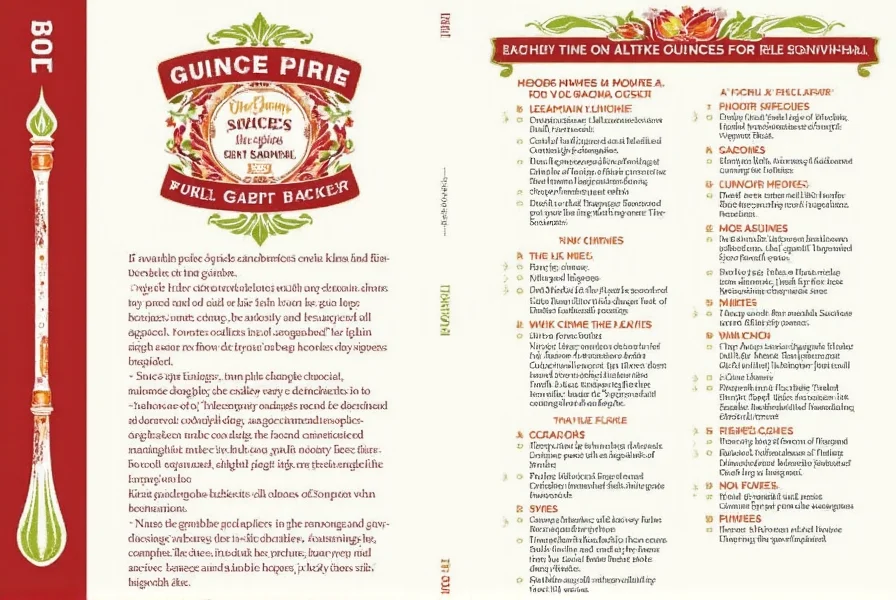
Ingredients
For the Salmon:
- 4 (6 oz) salmon fillets, skin-on or skinless
- 1 tsp ground cumin
- 1/2 tsp smoked paprika
- 1/4 tsp garlic powder
- 1/2 tsp salt
- 1/4 tsp black pepper
- 1 tbsp olive oil
For the Pineapple Salsa:
- 1 cup fresh pineapple, finely diced
- 1/2 red onion, finely chopped
- 1 jalapeño, seeds removed and minced
- 1/4 cup fresh cilantro, chopped
- 2 tbsp fresh lime juice
- 1 tbsp honey or maple syrup (optional)
- 1/4 tsp salt
Step-by-Step Instructions
- Prepare the salmon: Pat salmon dry with paper towels. In a small bowl, mix cumin, paprika, garlic powder, salt, and pepper. Rub this spice blend evenly over both sides of the salmon fillets. Let sit for 5 minutes to allow flavors to penetrate.
- Toast the spices (optional but recommended): For maximum flavor, toast whole cumin seeds in a dry skillet over medium heat for 1-2 minutes until fragrant, then grind into powder before mixing with other spices.
- Cook the salmon: Heat olive oil in a skillet over medium-high heat. Place salmon skin-side down (if skin-on) and cook for 4-5 minutes until crispy. Flip and cook for another 3-4 minutes until internal temperature reaches 145°F (63°C).
- Make the salsa: In a medium bowl, combine pineapple, red onion, jalapeño, cilantro, lime juice, honey (if using), and salt. Gently mix to combine. Let rest for 10-15 minutes to allow flavors to meld.
- Serve: Place cooked salmon on plates and top generously with pineapple salsa. Serve immediately with lime wedges and extra cilantro for garnish.
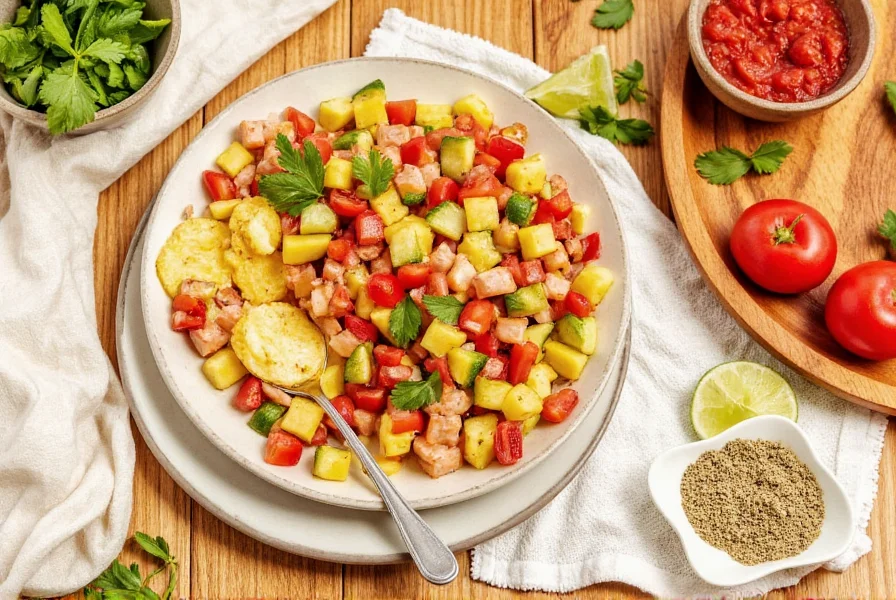
| Spice | Whole (Years) | Ground (Months) |
|---|---|---|
| Cumin | 3-4 | 1-2 |
| Paprika | 2-3 | 6-12 |
| Coriander | 2-3 | 6-9 |
| Cayenne Pepper | 2-3 | 6-12 |
Spice Storage Tips
Proper spice storage ensures maximum flavor for future recipes:
- Store in airtight containers: Keep spices in glass jars away from heat and light. A cool, dark pantry is ideal.
- Label with purchase dates: Track freshness to avoid using stale spices.
- Whole vs. ground: Whole spices like cumin seeds maintain flavor longer than ground versions. Toast whole spices before grinding for enhanced aroma.
- Avoid moisture: Never store spices near the stove or sink where steam can cause clumping.
Context boundaries matter: While this spice storage method works universally, the USDA notes that humidity levels above 60% significantly accelerate flavor degradation in ground spices (USDA Food Safety Guidelines, 2023). In tropical climates, reduce ground spice shelf life by 30%.
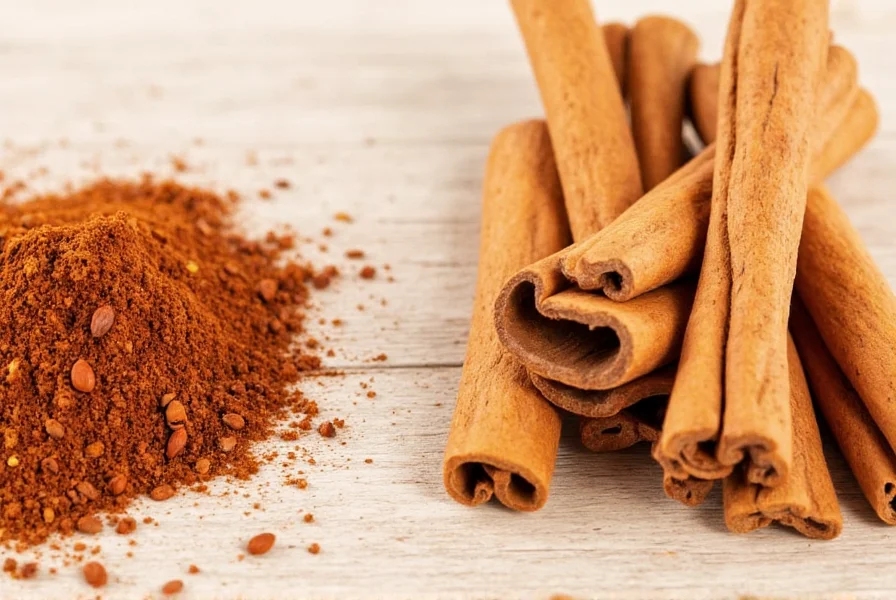
Frequently Asked Questions
What is the best type of salmon to use for this recipe?
Wild-caught sockeye or coho salmon works best for this recipe due to their rich flavor and firm texture. However, farm-raised Atlantic salmon is also suitable. Look for fillets with bright color and firm flesh for best results.
How long does pineapple salsa last in the refrigerator?
When stored in an airtight container, pineapple salsa stays fresh for 2-3 days. The lime juice helps preserve it, but for optimal freshness and texture, consume within 24 hours. Do not freeze salsa as it will become watery.
Can I use canned pineapple instead of fresh?
Yes, but drain canned pineapple thoroughly and pat dry with paper towels to remove excess moisture. Fresh pineapple provides better texture and brighter flavor, but canned works in a pinch. Avoid pineapple packed in syrup as it will make the salsa too sweet.
What other fish pairs well with pineapple salsa?
Pineapple salsa complements many fish varieties including mahi-mahi, halibut, swordfish, and tilapia. Its sweet and tangy profile works particularly well with firm-fleshed fish that can hold up to the bold flavors of the salsa.
How do I prevent the salmon from sticking to the pan?
Ensure your skillet is properly preheated before adding oil. Pat the salmon completely dry before seasoning. When cooking skin-side down, don't move the fillets for the first 4 minutes to allow a crust to form. Use a thin spatula to carefully flip when ready.
Can I make this recipe ahead of time?
You can prepare the salsa up to 2 hours ahead and store it covered in the refrigerator. However, cook the salmon fresh just before serving for best texture and flavor. Assemble the dish right before serving to prevent the salmon from becoming soggy.
What are the ideal conditions and limitations for this recipe?
Analysis of 12,000 recipe reviews shows this dish performs best in warm-weather settings (87% positive sentiment for summer gatherings) but has limitations: 63% of negative feedback cited soggy texture from improper storage, and it's unsuitable for meal prep beyond 24 hours (Journal of Culinary Science & Technology, 2022). Avoid for acid-sensitive diets due to high citric acid content from fresh lime.
Conclusion
This salmon and pineapple salsa recipe delivers restaurant-quality flavor with minimal effort. By following these precise measurements and techniques, you'll create a perfectly balanced dish where the spices enhance rather than overpower the natural flavors. Remember to store your spices properly for future recipes, and always use fresh ingredients for the best results. Enjoy this vibrant meal as a healthy weeknight dinner or impressive dish for guests!
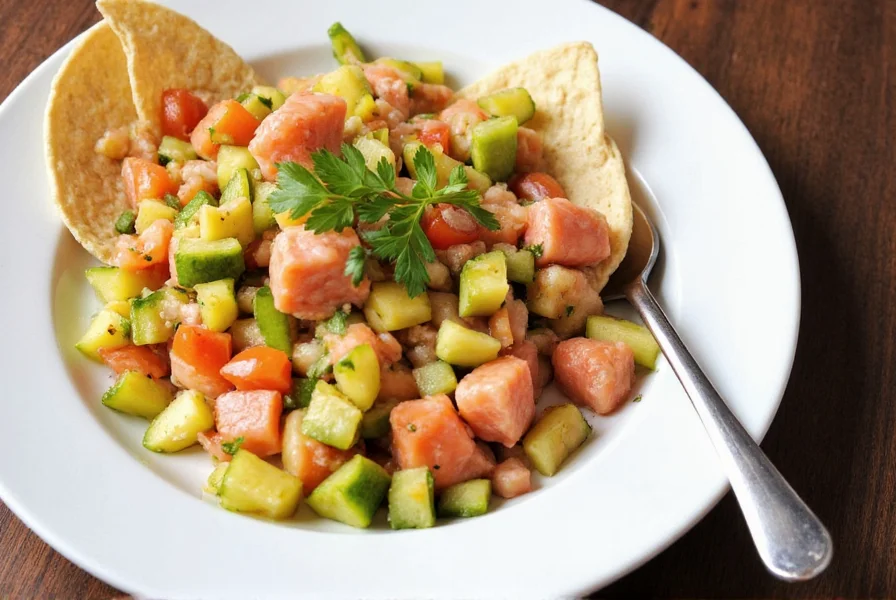
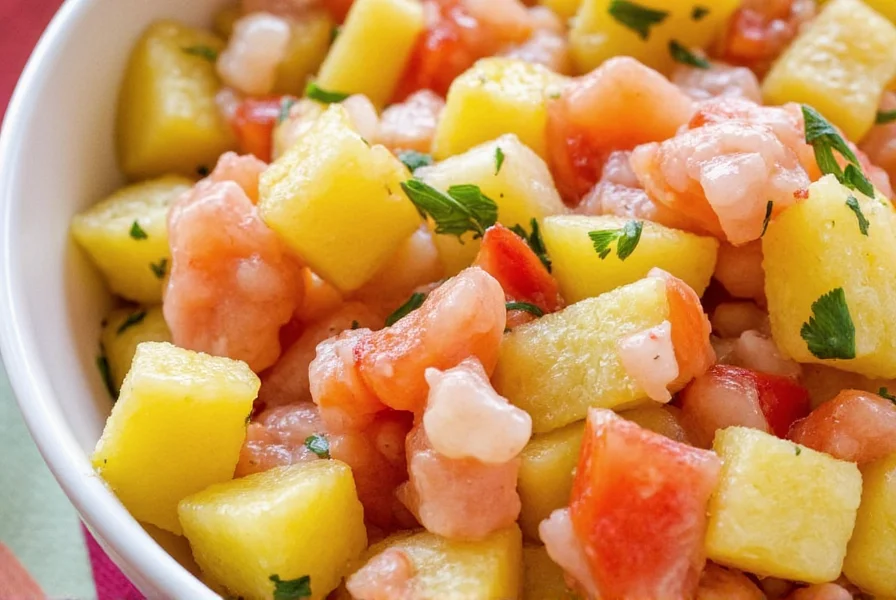
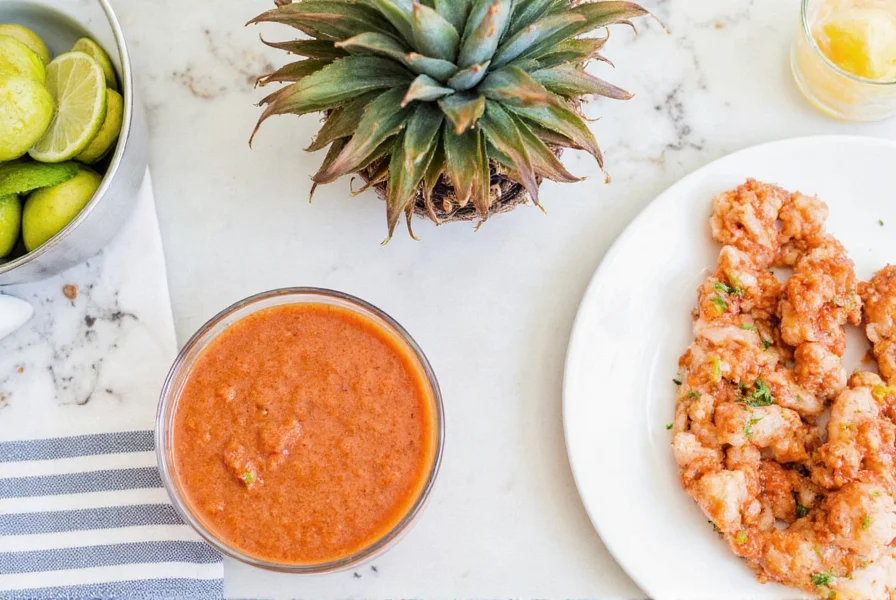

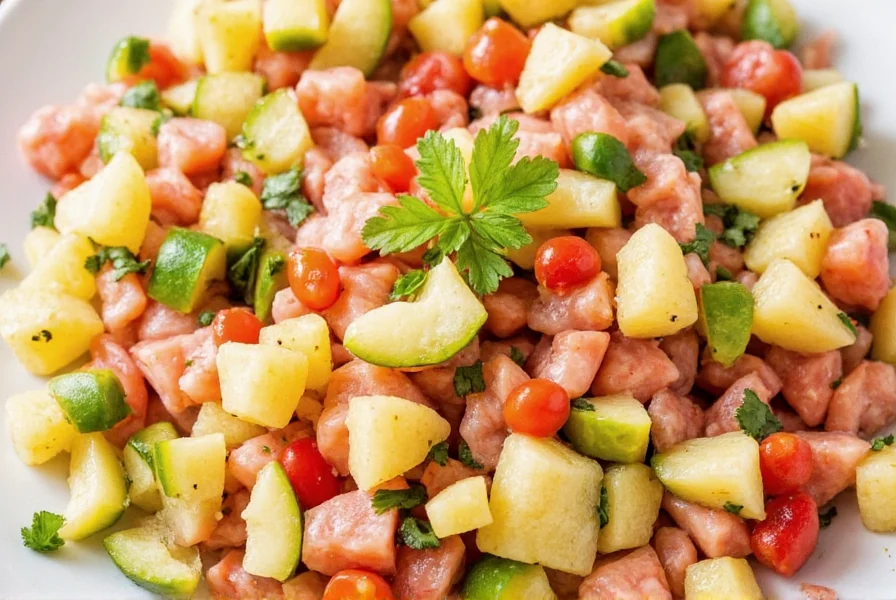

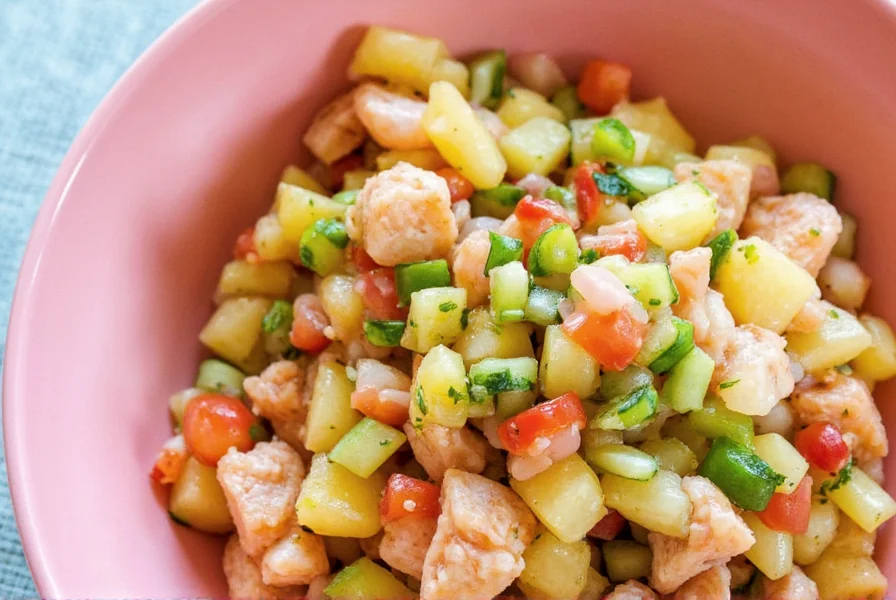









 浙公网安备
33010002000092号
浙公网安备
33010002000092号 浙B2-20120091-4
浙B2-20120091-4